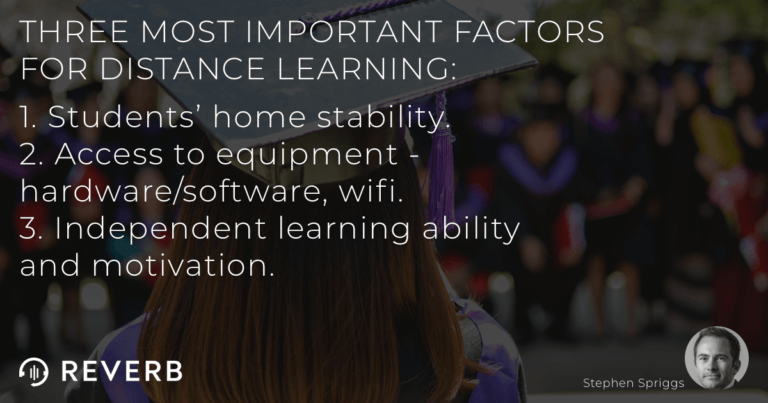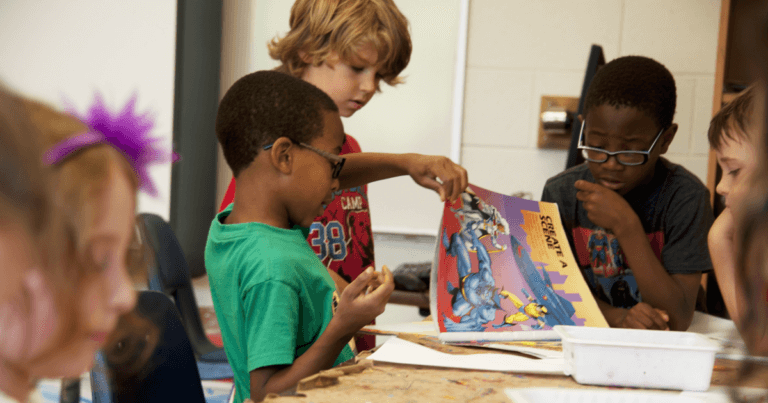The author’s views are entirely his or her own and may not always reflect the views of Reverb.
Online/distance learning was implemented through necessity, leading to a rapid evolution of teaching styles.
As an interim solution to an emergency, it’s managed to bridge the gap between the classroom and students. However, there have been notable drawbacks.
Post-Coronavirus distance learning will undoubtedly remain with a more significant presence than before. Still, caution must be taken to avoid disparity in the learning experiences of students from different backgrounds.
These are the three most important factors that play into how successful distance learning is: the students’ home situation, access to decent hardware and software, and independent learning ability.
Without investment in ensuring all students have the required equipment and internet connections at home, the long-term wide-spread adoption of distance learning cannot occur.
There’s a disparity in how different age groups interact and benefit from remote learning. Younger children lack the capacity to fully profit from the current, fully digital teaching style. Younger age groups are also suffering from the lack of face-to-face interaction usually encountered in the classroom, leading to a disintegration of soft and SEL skills picked up from teaching staff and fellow pupils.
These considerations must be heeded for the next generation of educational technology.






